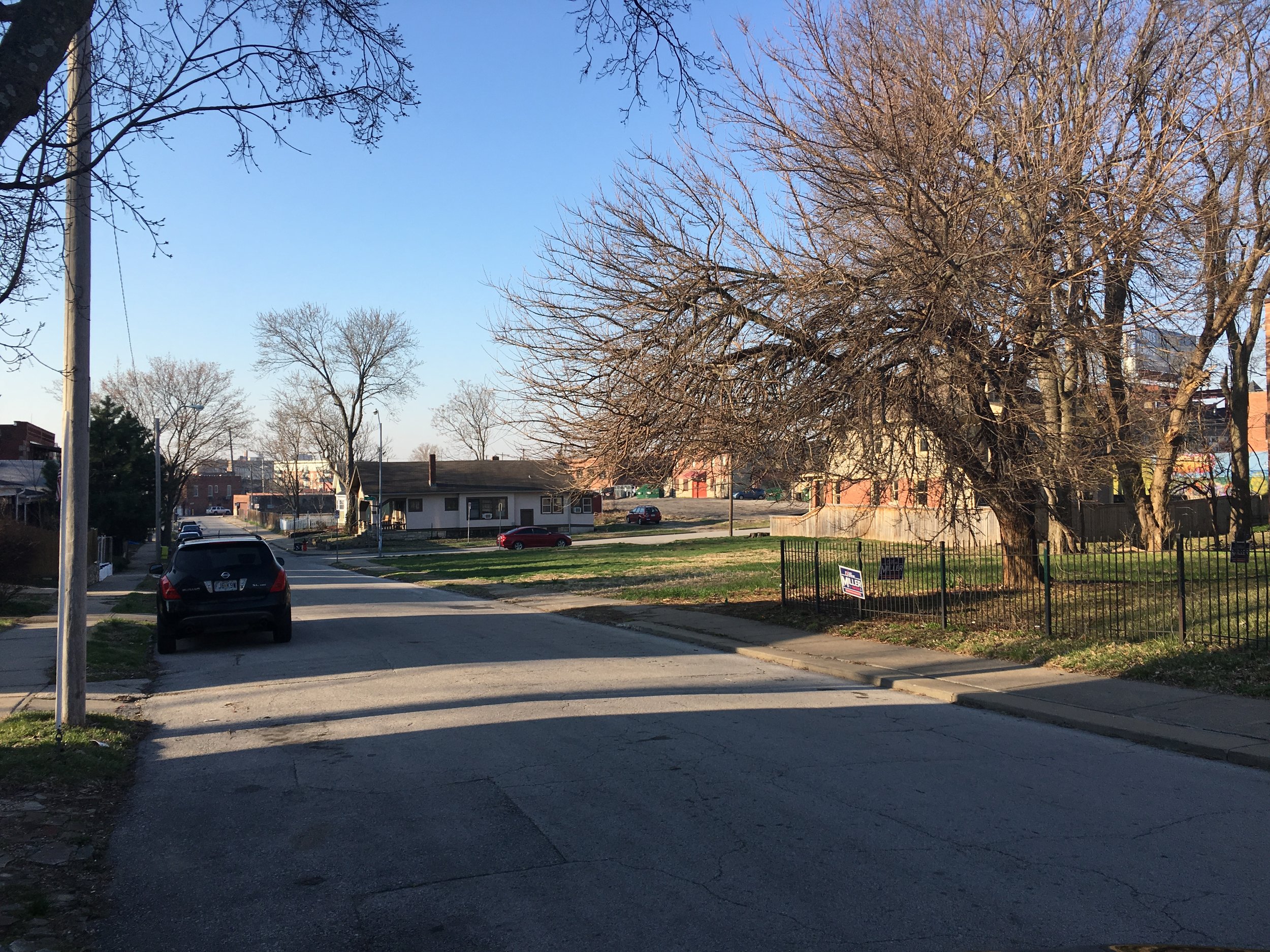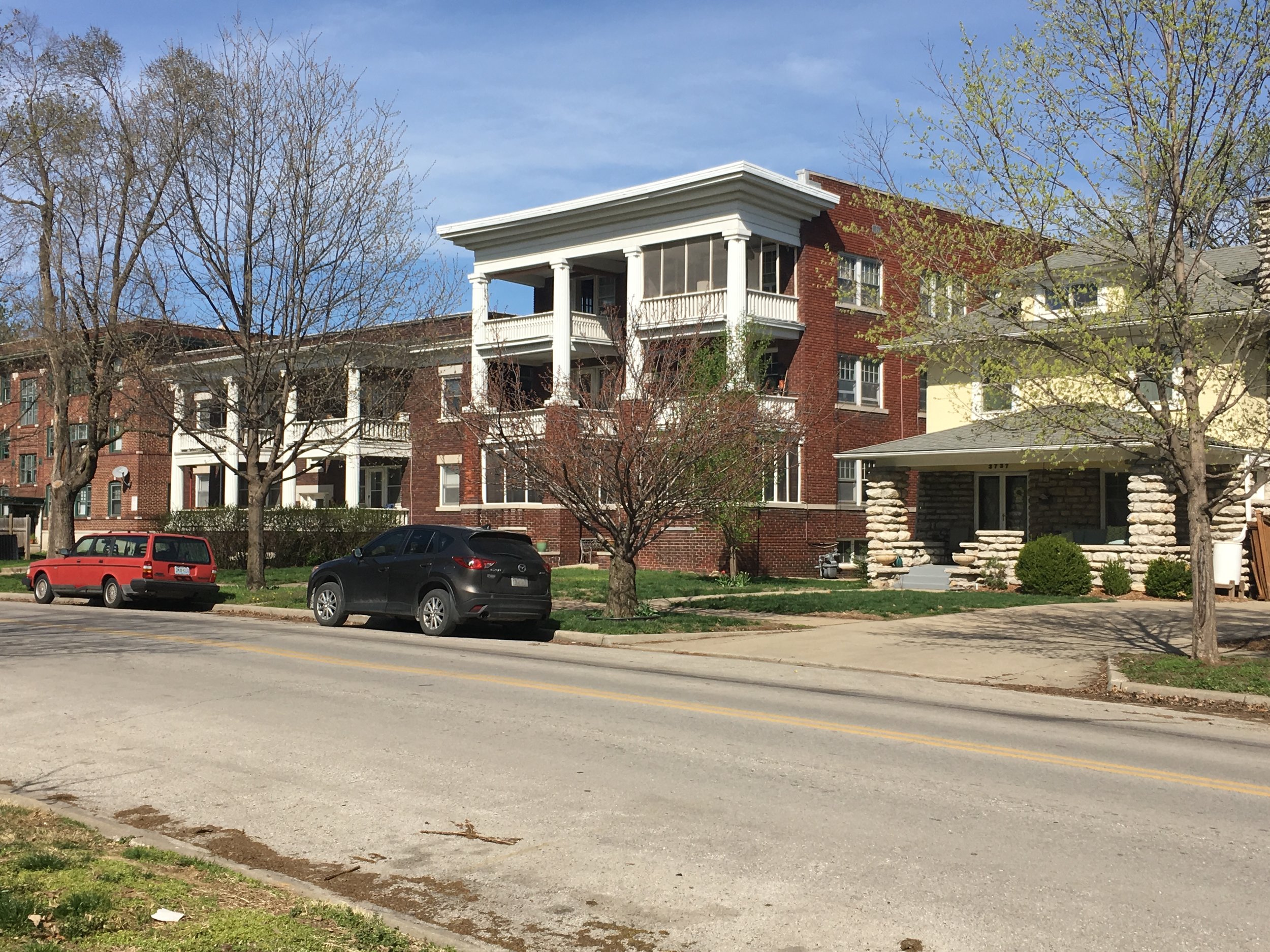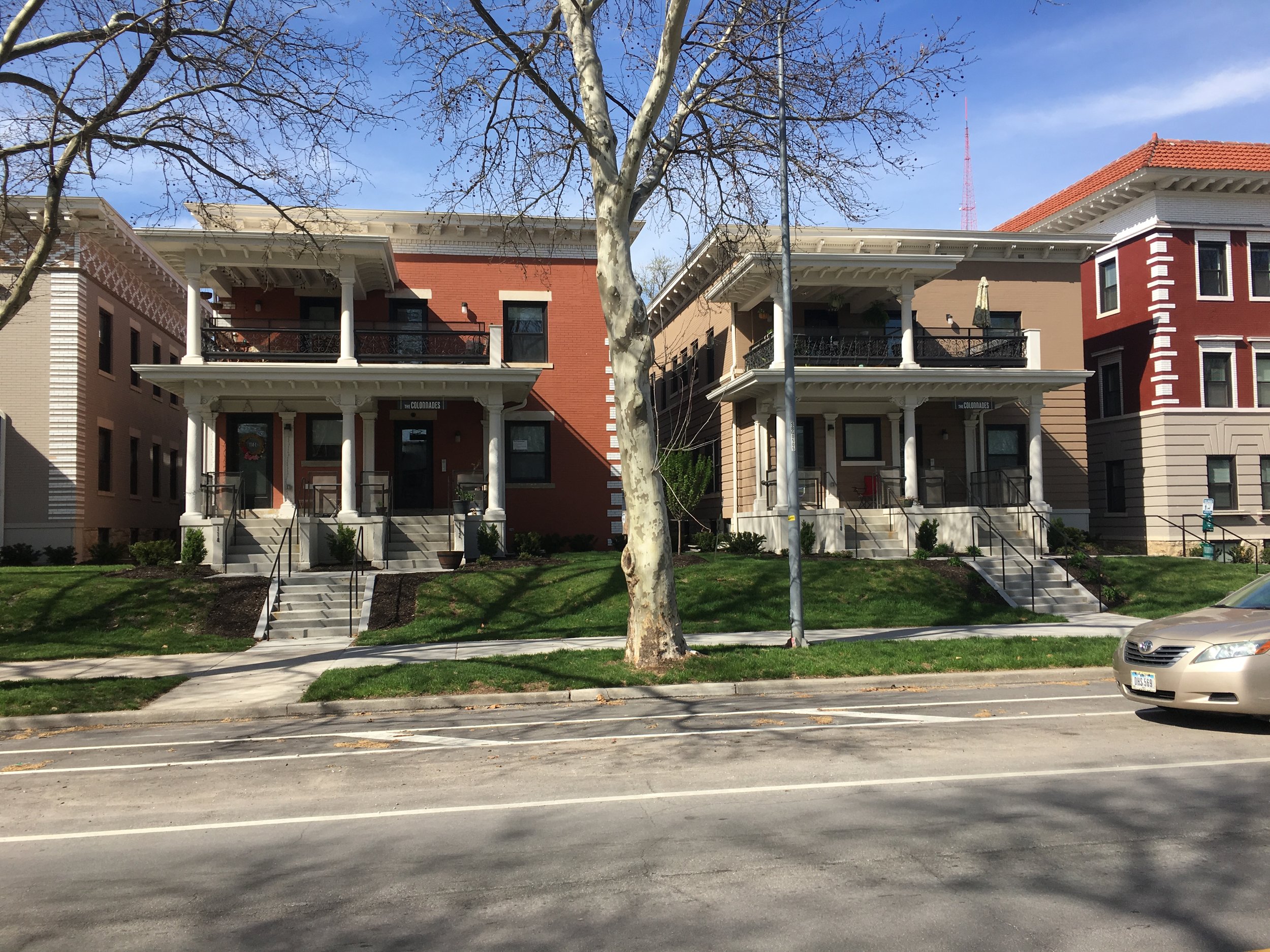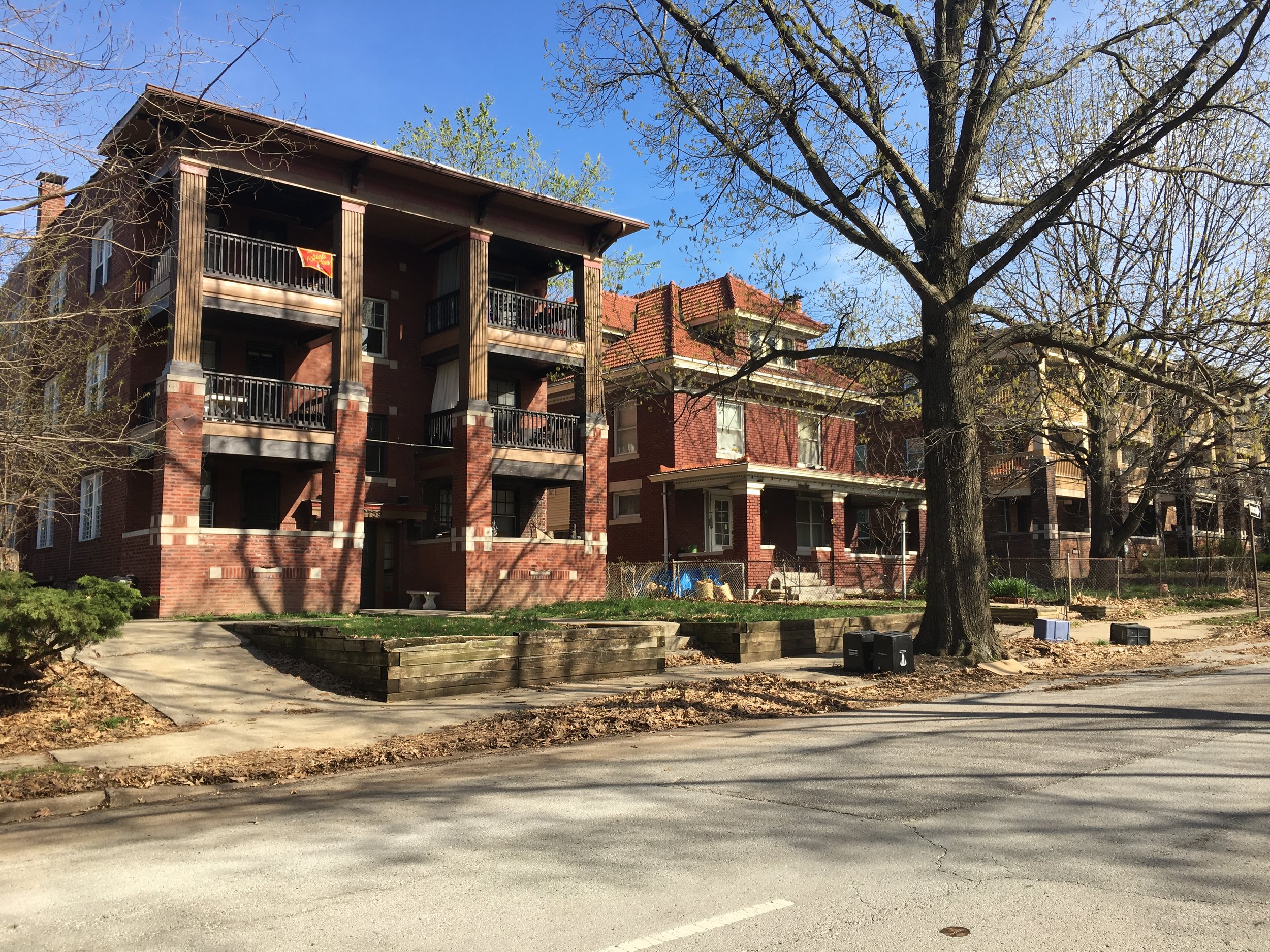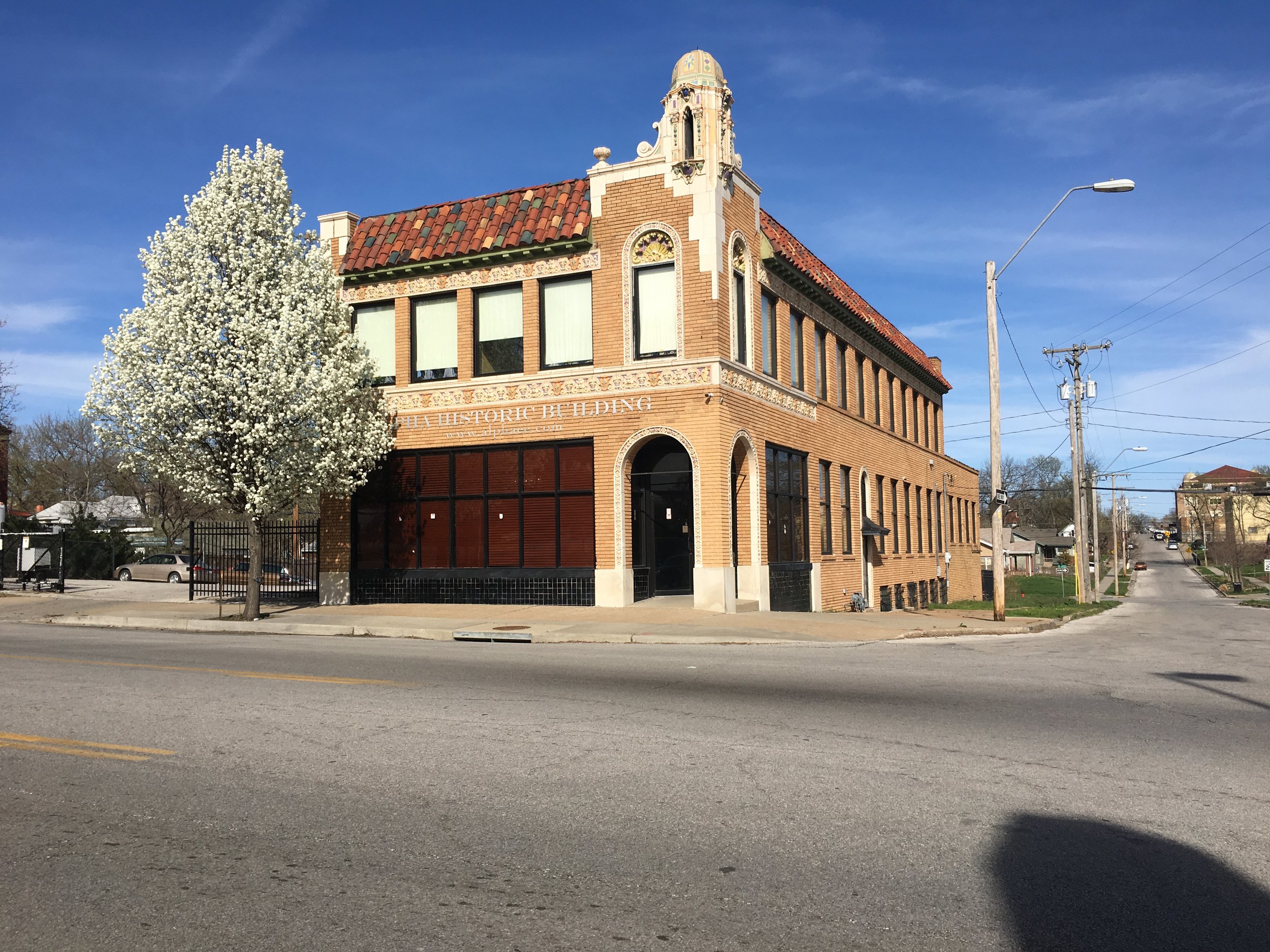Imagining the future of Kansas City, and of Flyover America
Kevin’s note: This is a combination of parts 2 and 3 of a series I wrote for CityScene KC. Part 1 is here. I’m sharing this with my audience, because I think in many cases you can replace “Kansas City” with your city. That’s certainly not true everywhere, but it’s true in virtually every city or town that had neighborhoods dating back before the Great Depression. The actual solutions and details always are very localized, but many of the big-picture issues and mindsets are the same. And, as I’ve noted before, “Flyover Country” is much bigger and more populous than we often realize. I hope you enjoy - Kevin
An expert is someone that lives more than thirty miles away, so it’s said. Since I’ve spent about nine years living much more than thirty miles away from KC, I suppose that’s made me a bona fide expert. In my last piece, I wrote about the excitement and positive changes I’ve noticed in the urban core of KC in that period. It’s important to highlight the good, and celebrate the big and small victories. For lovers of urban communities in our region, the post-WWII era has been mostly a story of decline, battles lost and ideas meant to “save” cities that did as much harm as good. Savoring the positive is important.
But as Paul Harvey used to say, there’s also the rest of the story. Way back in 2003 I wrote a column for the Kansas City Star’s “Midwest Voices” called, “Does Kansas City really want to be a city?” In that article, I laid out some qualities of successful urban communities, and asked sincerely, “do we want this?” Here’s one passage:
We often think of congestion and parking shortages as dilemmas to overcome. In suburban areas, this is true, as the primary amenity is ease of automobile movement. In urban areas, however, congestion is good. It encourages walking and vibrant sidewalk life, which are the primary amenities of urban living. Most of our biggest mistakes have been in applying suburban solutions to urban areas – ignoring the very reasons people choose to live there in the first place. A watered-down urbanity is less desirable and valuable.
I’ve thought about that old column recently, and wondered if I would change much about it today. The answer is an unqualified: maybe.
As I noted previously, it’s obvious to me the market is embracing urbanity. By that I mean, the purchasing choices of people are revealing a strong interest and demand for a more walkable, urban lifestyle. Notable efforts like the streetcar are changing attitudes and behavior.
It’s also obvious we are in the very early innings of a long game. We still have very large areas that are in decline or nearly abandoned, including locations very close to downtown. Our up-and-coming areas still have numerous gaps, and our streets and public spaces don’t encourage walking any more than is absolutely necessary. None of this should surprise long-time observers. It took decades for the city to decline, and it will take decades for it to fully recover.
Let me be clear here: I am of the belief that the urban core will continue to see improvement. A sizeable percentage of people want real urban living, and will put up with all manner of nonsense to get a piece of it. The desire and demand is much stronger than the current reality on the ground. We are just barely scratching the surface of what is possible.
But we also need to look that reality square in the face, and own up to our mis-steps and challenges. Only through critical self-evaluation does a person or a group of people improve. Changing long-held mindsets and practices is very hard. It requires some brutal honesty and collective risk taking.
What would we do if we wanted to accelerate the recent positive change, and begin to achieve our elusive urban potential? Assuming we want to, what ideas would we pursue?
Our potential, by the way, is vast and impressive. I’m reminded of this every time I reacquaint myself with our pre-WWII neighborhoods. Bear in mind that in 1940, Kansas City had 400,000 people living north of 77th Street, south of the river and west of the Blue River. Those 60 square miles are a larger area than how we commonly define the urban core, but not a lot larger. 1940 is also an important benchmark because that was right at the beginning of the era when we decided to destroy the city, and spread it out with taxpayer-subsidized easy, free motoring. Today, we have about 200,000 people in the same geographic area. And, the urban core lags the region by substantial amounts in median household income. Do some math on what that all means.
Image courtesy of MySidewalk.com
A goal of returning to that 1940 population of 400,000 in the urban core seems utterly reasonable, and even do-able given the current optimism. But what if we thought bigger? What if we shed our Midwestern cautiousness and planned to add 400,000 more in the urban core? Even at 600,000 total people in the same area, it’s only a density of 10,000 people per square mile. That’s still below the density of Berkeley, California. We’re not talking Paris or New York.
Atlanta, a city of under 500,000 today in roughly 130 square miles, is planning for a million people by 2050. Just that one goal is pushing the private and public sectors to rethink current approaches to economic development, transportation policy, zoning and more. It’s pushing local government to make substantive, long-term changes to how it does business.
What might we reconsider if we had such a goal? How would it impact some of our own long-held beliefs about this place and how we live in it? Given our current population projections, an urban core of 600,000 in 2050 would only be about ¼ of the whole region. That’s not exactly out of the realm of possibilities.
Coming back to KC has left me excited about the recent changes. The ship has turned, and there’s a strong sense of optimism in the air. But as I noted before, the work is far from done. In fact, we have a long, tough mission ahead of us. The mission today is to accelerate our improvement, should we choose to accept it. Your city and its people depend on your success. What could we do to begin to reverse the decline in all parts of the urban core, and accentuate those that are now desirable.
I’m not writing to say I have all the answers. I don’t. None of us does. But I do hope we can have a deep civic conversation around a set of key challenges. These are broad strokes; over-arching mindsets. The all-important details can be fleshed out later.
First, it’s time to prioritize quality of life over fast commuting by car. The foundation of all planning and design in our city is to make it easy to drive swiftly from long distances at rush hour, and park right at the door of any destination. The results are unsafe and ugly streets that often destroy value instead of creating it, and copious parking virtually everywhere. Let’s resolve to plan and design for the full 168 hours per week, and stop planning for the 10 hours per week of rush hour.
Second, let’s legalize the historic, built pattern of Kansas City. KCMO’s urban core was built on the backs of duplexes, four-plexes, small mixed-use buildings and the like. These “missing middle” buildings give the city the kind of Goldilocks density that supports local businesses, makes transit viable, is affordable and builds local wealth. Yet today, common biases about housing coupled with dozens of well-intentioned, but harmful, ordinances make these types of projects functionally illegal. Enabling many small changes accommodates immense demand in a humane and equitable fashion. Let’s find a way forward, as some other cities are already doing, to embrace broad, incremental improvement.
Third, let’s embrace the art of urban design. Urban design, as opposed to planning or policy, looks for coordinated, site-specific solutions that are long-term in nature. We have a fantastic community of creative individuals, and people who work well on “projects.” But we also need that coordinated vision of how to make one plus one equal three. This holds true whether we are discussing specific concerns, such as parking, parks and public space or even scooters and bikes. Urban design tries to avoid one-size-fits-all responses for an entire city, and instead tries to solve problems at the scale of the block or the neighborhood. When the core was struggling or just newly rebounding, this wasn’t much of an issue. But today and going forward, it’s mission critical.
While not in the immediate, transformative checkbox, we should also start a conversation about architecture and beauty. We won’t all agree, and that’s fine. It’d be boring if we did. But in any really great city, beauty in architecture and public space is a prime part of what keeps the humans interested. We used to be really good at this. All you have to do is look around and see the legacy from previous eras. Frankly, it’s amazing. We are truly blessed to inherit what others have left to us. But simply having new buildings isn’t good enough. If we rebuild the city, but fill it with ugliness, this moment in time will fade and the humans will move on to somewhere and something else. As Michael Stern used to say about the KC Symphony, good enough is not good enough.
It’s the accumulation of many, small changes over time that determines whether a city has value or whether it becomes another throw-away place. This is the nature of urban design as a field. It’s a long game. Doing it well creates great places for humans and a fountain of revenue for local government and the services it must provide.
We are good at dreaming up big, inspiring civic and corporate efforts. That’s a good thing; it shows we have a community that cares and is actively trying to make the future better. But it would be wise for us to challenge ourselves on some current mindsets, while also striving to do a much better job executing the details.
From that 2003 article again:
There’s a thousand reasons why we should embrace urbanity – the most important being the future of our metro. We all know that we lack the natural features that attract people to places like Colorado, California or the Sun Belt. In those places, people will willingly put up with placelessness (at least for a while), as they at least have access to something else that’s compelling.
But in Kansas City, we don’t have the luxury of that margin of error. If we are to not just survive, but thrive, in the 21st Century, we had better learn and apply the rules of great place-making. As we build or renovate each structure in our downtown, we should be asking, “What is the hundred-year plan for downtown?” Does it look like Paris or
London, or Chicago? (why set the bar low?) Or, is it a boring mixture of parking garages, big roads and office towers?
If you got value from this post, please consider the following:
- Sign up for my email list
- Like The Messy City Facebook Page
- Follow me on Twitter
- Invite or refer me to come speak
- Check out my urban design services page
- Tell a friend or colleague about this site


